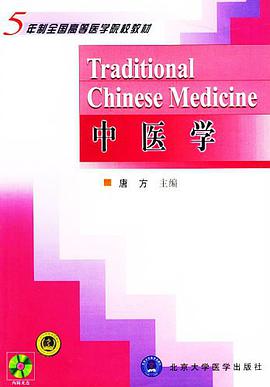
When we heard about JavaServer Faces (JSF) at the 2002 Java One conference, we were very excited. Both of us had extensive experience with client-side Java programming, and had lived to tell the tale-David in Graphic Java, and Cay in Core Java, both published by Sun Microsystems Press. When we first tried web programming with servlets and JavaServer Pages (JSP), we found it to be rather unintuitive and tedious. JavaServer Faces promised to put a friendly face in front of a web application, allowing programmers to think about text fields and menus instead of fretting over page flips and request parameters. Each of us proposed a book project to the publisher, who promptly suggested that we should jointly write the Sun Microsystems Press book on this technology. It took the JSF expert group (of which David is a member) another two years to release the JSF 1.0 specification and reference implementation. This release ful-fills many of the original promises. You really can design web user interfaces by putting components on a form and linking them to Java objects, without having to write any code at all. The framework was designed for tool support, and the first batch of drag-and-drop GUI builders is now emerging. The framework is extensible-you are not limited to the standard set of HTML components, and you can even use completely different rendering technologies, to support, for example, wireless devices. And finally, unlike competing technologies that let you tumble down a deep cliff once you step beyond the glitz, JSF supports the hard stuff-separation of presentation and business logic, navigation, connections with external services, and configuration management. Of course, being a 1.0 release, the current version of JSF is far from perfect. Some of the APIs are awkward. We supply you with utility classes in the com.corejsf.util package to reduce your pain. Also, there are fewer components than we originally expected. While JSF has a powerful and convenient data table component, some useful components such as tabbed panes, scrollers, file uploads, and so on, were not included for lack of time. In the book, we show you how to implement these features. Of course, we expect the next release of JSF to remedy many of these shortcomings. We are still excited about JSF, and we hope you will share this excitement when you learn how this technology makes you a more effective web application developer. About This Book This book is suitable for web developers whose main focus is user interface design, as well as for programmers who implement reusable components for web applications. This is in stark contrast to the official JSF specification, a dense and pompously worded document whose principal audience is framework implementors, as well as long-suffering book authors. The first half of the book, extending to the middle of Chapter 6, focuses on the JSF tags. These tags are similar to HTML form tags. They are the basic building blocks for JSF user interfaces. No programming is required for use of to use the tags. We only assume only basic HTML skills for web pages and standard Java programming for the business logic. The first part of the book covers these topics: Setting up your programming environment (Chapter 1) Connecting JSF tags to application logic (Chapter 2) Navigating between pages (Chapter 3) Using the standard JSF tags (Chapters 4 and 5) Converting and validating input (Chapter 6) Starting with the final sections of Chapter 6, we begin JSF programming in earnest. You will learn how to perform advanced tasks, and how to extend the JSF framework. Here are the main topics of the second part: Implementing custom converters and validators (Chapter 6) Event handling (Chapter 7) Including common content among multiple pages (Chapter 8) Implementing custom components (Chapter 9) Connecting to databases and other external services (Chapter 10) Supporting wireless clients (Chapter 11) We end the book with a chapter that aims to answer common questions of the form How do I .? We encourage you to have a peek at that chapter as soon as you become comfortable with the basics of JSF. There are helpful notes on debugging and logging, and we also give you implementation details and working code for features that are missing from JSF 1.0, such as file uploads, popup menus, and a pager component for long tables. JSF is built on top of servlets and JSP, but from the point of view of the JSF developer, these technologies merely form the low-level plumbing. While it can't hurt to be familiar with other web technologies such as servlets, JSP, or Struts, we do not assume any such knowledge. Required Software All software that you need for this book is freely available. You need the Java Software Development Kit from Sun Microsystems, a servlet container such as Tomcat, and, of course, a JSF implementation, such as Sun's reference implementation. The software runs identically on Linux, Mac OS X, Solaris, and Windows. We used the 1.4.2 J2SE and Tomcat 5.0.19 on both Linux and Mac OS X to develop the code examples in the book. We also expect that integrated environments will become commercially available in the near future. Web Support The web page for this book is http://corejsf.com . It contains The source code for all examples in this book Useful reference material that we felt is more effective in browseable form than in print A list of known errors in the book and the code A form for submitting corrections and suggestions 0131463055P08062004
具体描述
读后感
评分
评分
评分
评分
用户评价
相关图书
本站所有内容均为互联网搜索引擎提供的公开搜索信息,本站不存储任何数据与内容,任何内容与数据均与本站无关,如有需要请联系相关搜索引擎包括但不限于百度,google,bing,sogou 等
© 2025 qciss.net All Rights Reserved. 小哈图书下载中心 版权所有





















